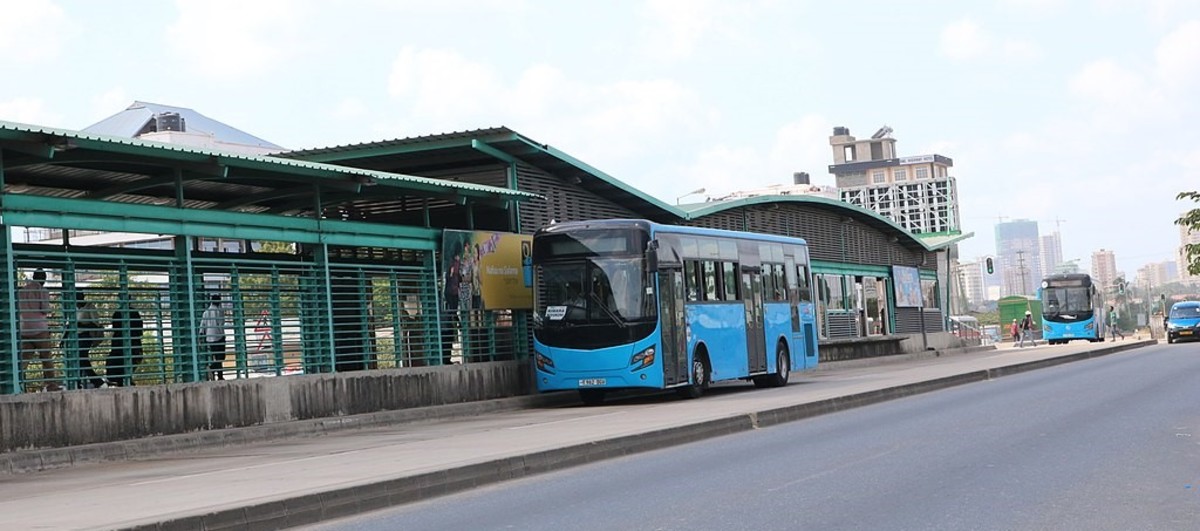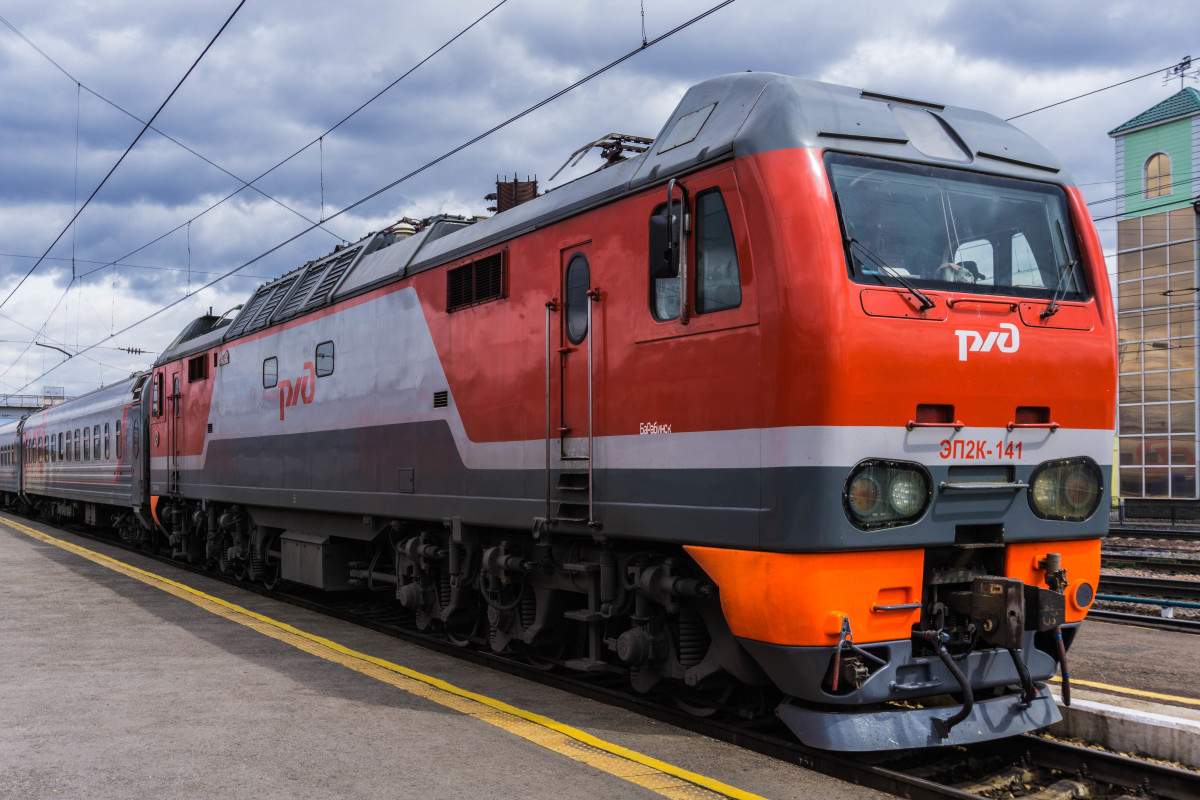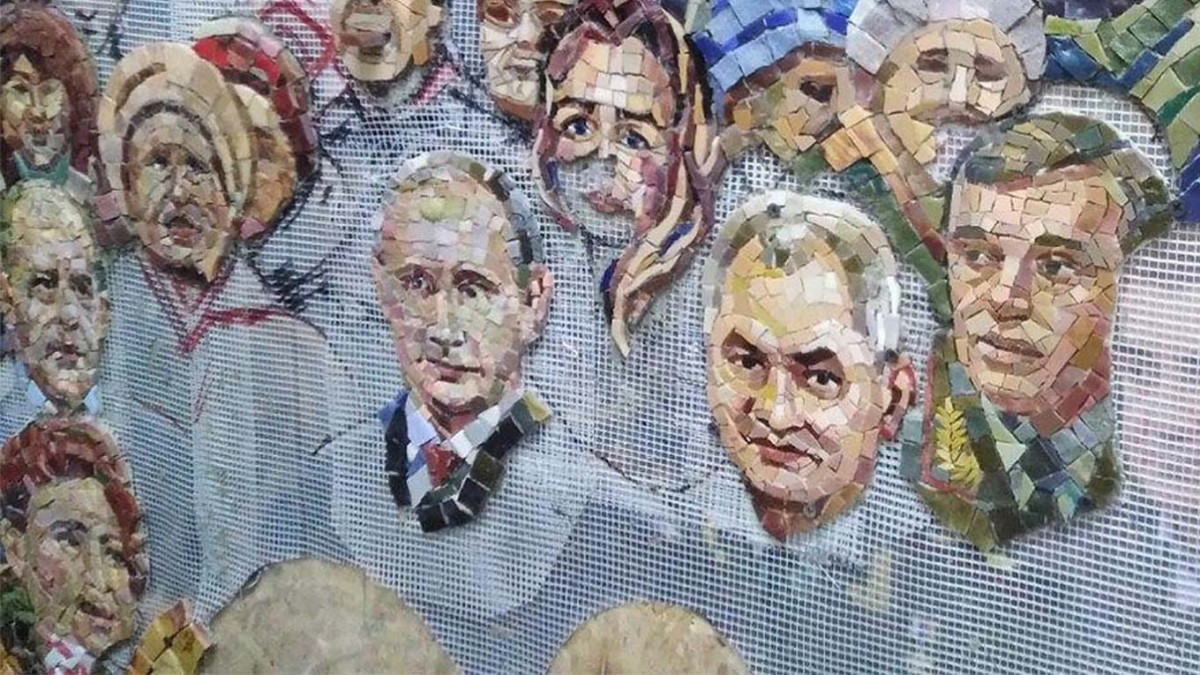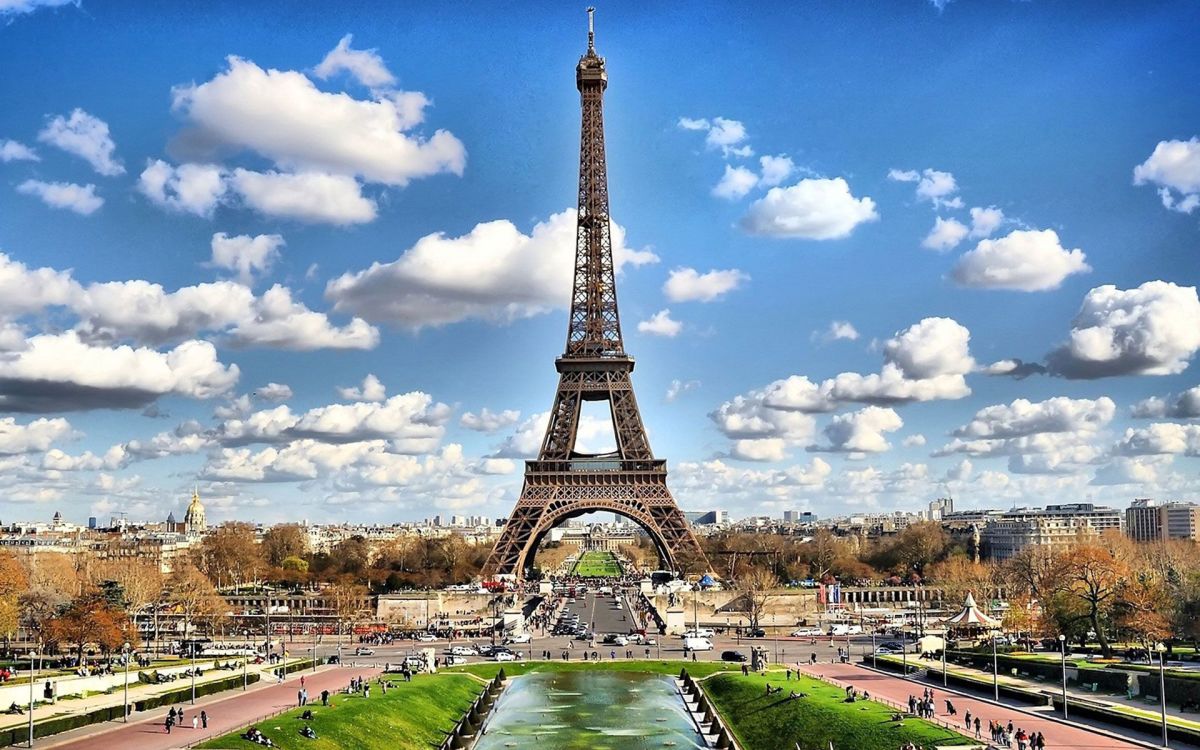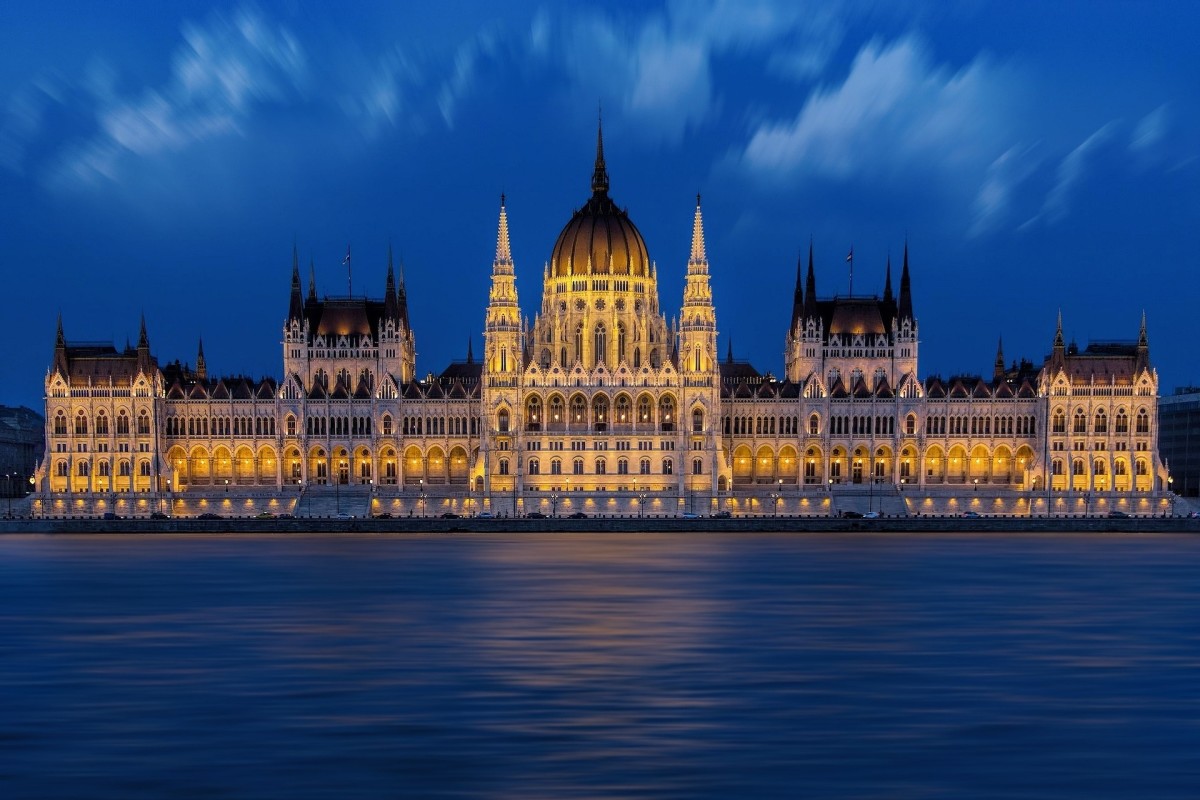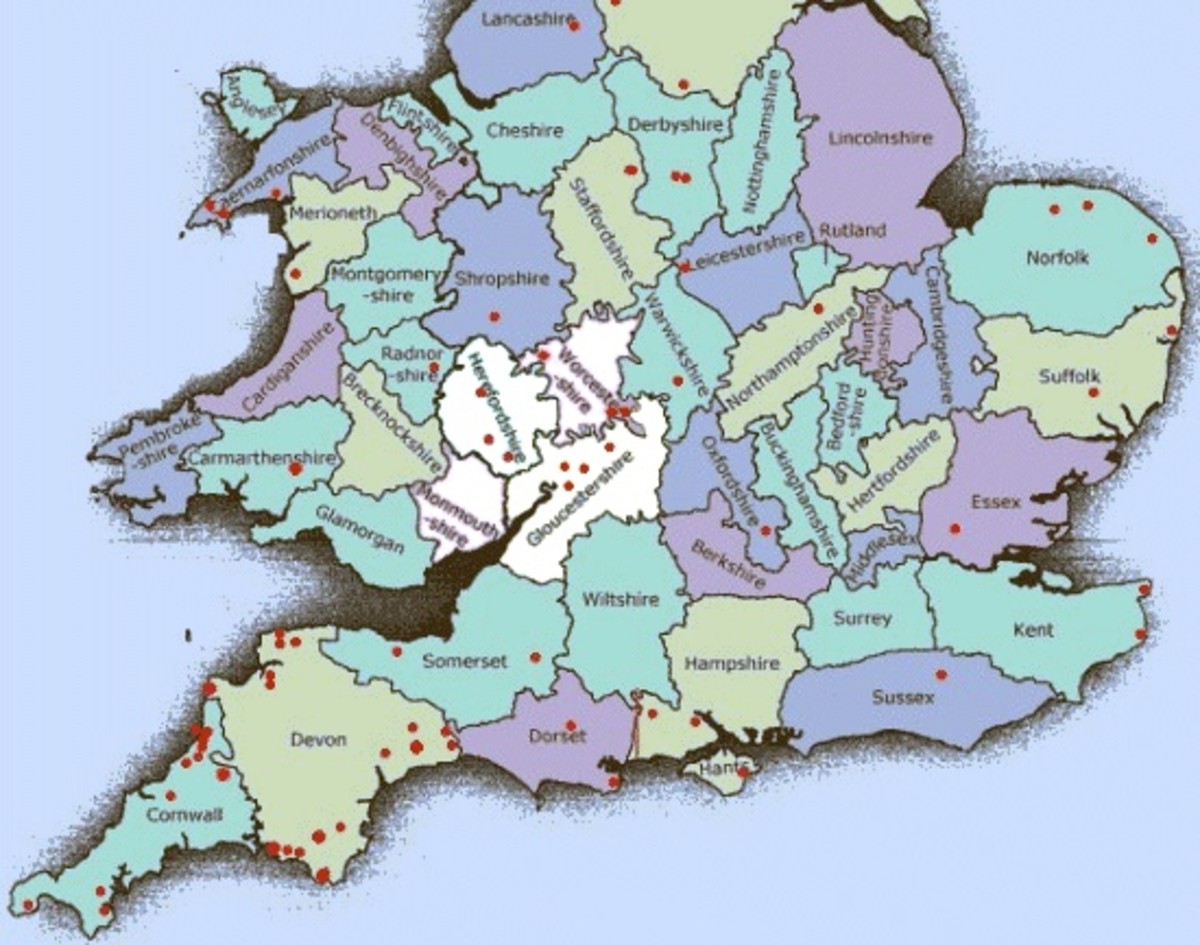How to Use Public Transportation in Moscow, Russia
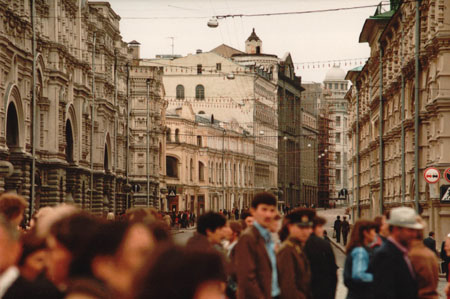
Central Moscow is a city that can best be explored by foot, but its large size does make it impractical to tour without using the public transportation systems in Moscow, that is unless you're staying in the city for months. Therefore, learning about the quirks of Moscow's transportation systems ahead of time is extremely important.
As a foreigner, the metro will be your best bet. Most important landmarks and attractions are within a few minutes walk from any metro station, and unless you are fluent in Russian the buses, trams, and taxis could result in becoming lost and/or taken advantage of.
Living in Moscow
Walking Hazards
It's important to be careful and watch for hazards when walking through the city. Traffic in Moscow doesn't regularly obey traffic laws or signs, and during winter months falling snow and ice is a serious problem.
Walking in Moscow
Moscow is an old city, that has been built upon through the ages. This cycle of creation means that there are a plethora of hidden charms and secret gardens that can only be found by literally stumbling on to them.
Thankfully much of the most beautiful parts of the city are located in the older parts of the city, which are set up wonderfully for a walking tourist, especially parts of the city within the Boulevard and Garden Rings.
It is possible to book a group walking or to take a self-guided walking tour. Remember that if you book a guided walking tour to specify that you want it in English.
Are you planning to travel to Moscow soon?
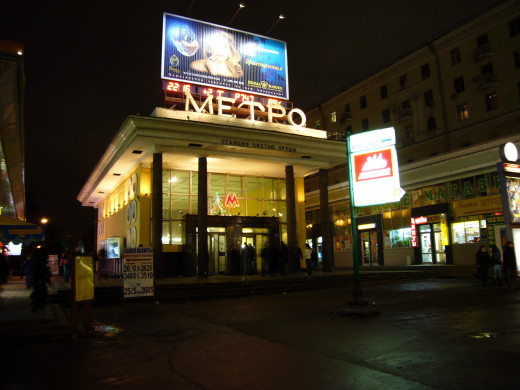
The Moscow Metro System
One of the USSR's greatest achievement in Moscow was the Moscow Metro. It was built in 1935 and runs with high efficiency. The Metro runs through most of Moscow, leaving most major attractions not more than a few minutes walk from one of the 160+ stations throughout the city.
The Metro begins running it's 12,000 trains at about 5:30 am until 1-1:30 am. During the day, trains run every 1-2 minutes, and they run about every 7 minutes at night. During festivals and holidays, the trains run later, but you'll have it to play it by ear during those times.
The stations are fairly easy to find since they're marked with a large "M," and although there are some signs and maps in both Russian and English, most signs are written only in Russian. So being familiar with the Cyrillic Alphabet and a few Russian travel words are advised. Being familiar with a map of the Moscow Metro would be advisable as well.
There are few dangers on the metro, as muggings are rare, although tourists are targeted for pick-pocketing. Do watch out for crowds during rush hour, because they can be unintentionally dangerous.
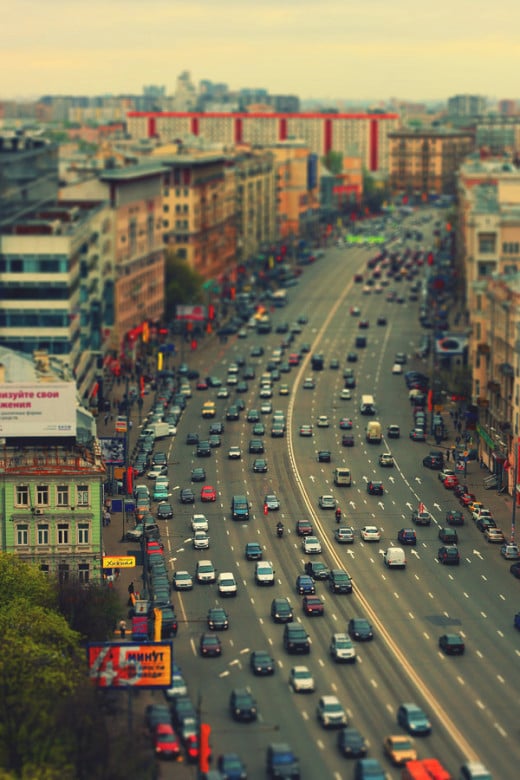
Buses and Trams in Moscow
Moscow has a huge network of trams, buses, trolleybuses, and minibusses, but many of the routes are overcrowded and always changing due to roadwork. The transportation vehicles also tend to be dilapidated, but they make their way along their route.
The stops along the way seem to be fairly far apart, so getting off at the wrong stop could mean a long walk to your destination. The bus stops are labeled with an "A" attached to walls, and the trolley stops are labeled with a sign with what looks like a square m. The stops are sometimes a little difficult to locate since they're inconspicuous. But the tram stops are marked with a "T" suspended from cables over the road.
Another interesting transportation system in Moscow is the minibus. These are smaller buses that are privately owned by different companies, that can be flagged down at any point in their route. They will not accept standing passengers, and they mostly run through the outer-lying city. The fare is higher than standard buses, but it is less crowded.
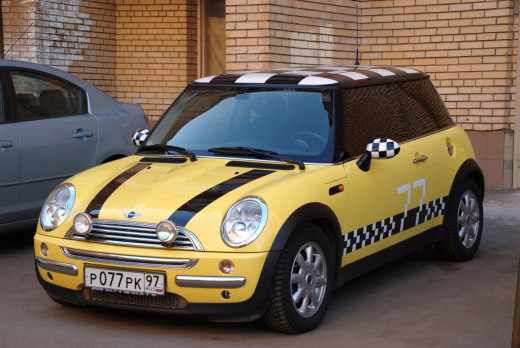
Moscow Taxi Companies
Central Moscow Taxi Bureau: 927 00 00
Moscow Taxi: 238 10 01
Krasnaya Gorka: 381 27 46
Taxi Blues: 128 94 77
Moscow Taxi Services
Moscow has three types of taxis: officially registered taxis, private taxis, and private vehicles.
The officially registered taxis are run by multiple companies that tend to favor gray or bright yellow Volgas and Fords with a checkered pattern painted on the door. Taxis in Moscow are unmetered and run by a rate per kilometer/every five minutes. This does make price abuse possible, but most taxis are kept in check by the competition of the private vehicle taxis.
Private taxis essentially have a monopoly on the airports and largest hotels. They also run meterless and tend to be more corrupt than the other types of taxi services. Try to not use these if possible.
The most interesting form of Moscow's taxi system is hitching rides in private vehicles. This is the taxi system that most Russians use and becomes more common after the Metro has stopped running. Since these are ordinary citizens moonlighting as taxis, and there are plenty of them thus making it a consumer's market, haggling is part of the service. Like all taxi services, foreigners tend to be given higher prices, but with some haggling and staying firm you can bring them down. If you decide to use a private vehicle as a taxi, keep a few safety rules in mind: never enter a vehicle with more than one person in it, never take a ride that approaches you (especially outside of a nightclub), and if you're a single female traveler, just skip this option altogether.

